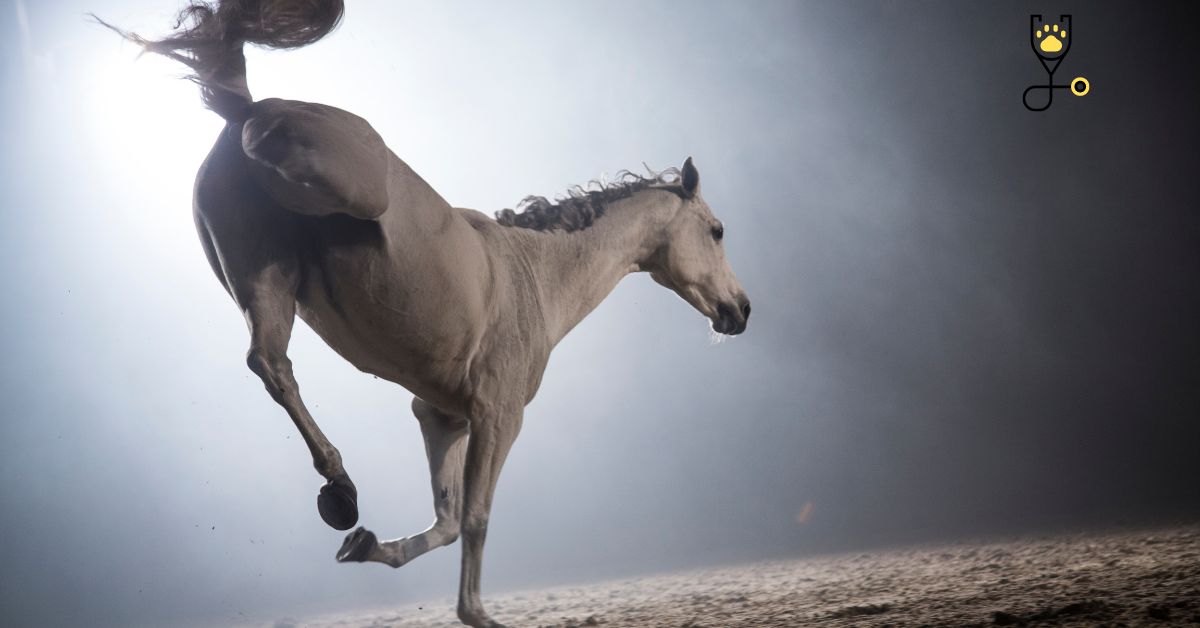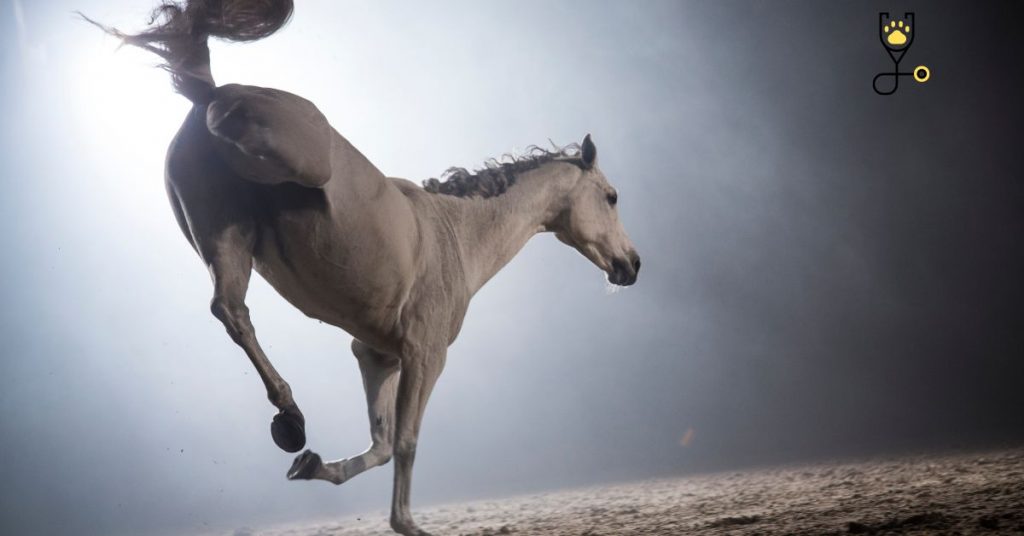Does your horse constantly buck while being ridden? If so, you’re not alone. Many horses exhibit this behavior, for a variety of reasons. In some cases, it may be due to an underlying medical condition. But more often than not, the root cause is behavioral. Fortunately, there are many ways to stop bucking in horses. In this post, we’ll explore 10 of them.**NOTE: This post is NOT about how to ride a bucking horse. It’s specifically for owners and riders who are struggling to overcome this unwanted behavior.)
The History of Bucking
Bucking has been around for centuries and is believed to have originated from Native American traditions. Warriors would use it as a way to show off their skills, demonstrating not only their ability to stay in control but also their courage and agility. From these practices, bucking eventually evolved into the sport we see today with its own rules, regulations, and competitions.
What is Bucking?
Bucking is a form of horseback riding that involves the rider performing various maneuvers with the horse in an upright position. The maneuvering usually includes quick changes of direction, spins, rearing, and other impressive movements to show off the rider’s ability and control over the animal. It is often used for display purposes such as rodeos, parades, or competitions.
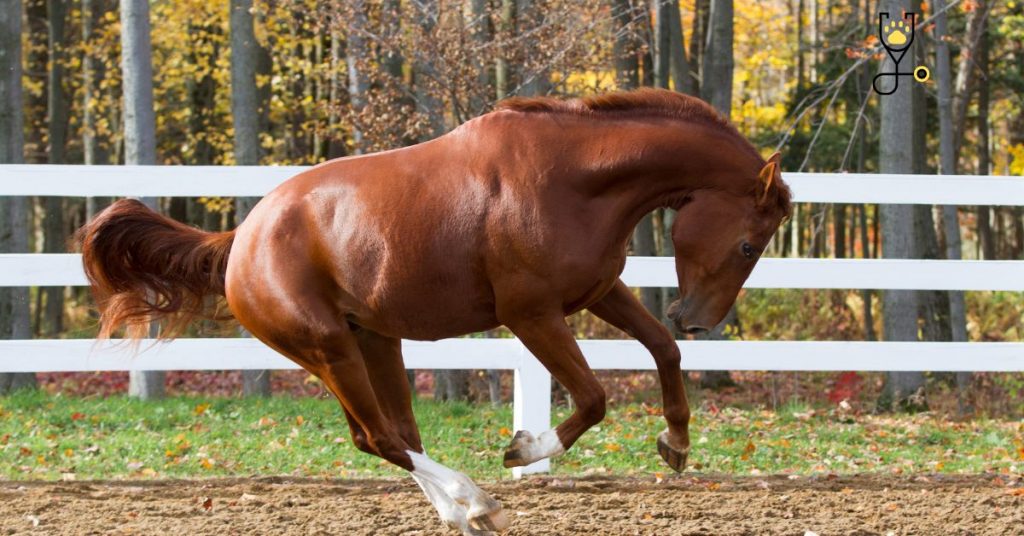
What Does it Take to Be a Great Bucking Horse Rider?
Becoming a great bucking horse rider requires commitment, strength, balance, and skill. Riders must be physically fit enough to maintain their balance while controlling their powerful mount in order to prevent injury or worse – becoming unhorsed! Additionally, they must have excellent communication skills to accurately interpret the horse’s actions and respond appropriately in order to ensure the safety of both themselves and their animal.
10 Ways to Stop Bucking in Horses
1. Make sure the horse is healthy
Before attempting any training, it’s important to make sure your horse is healthy and sound. An underlying medical issue could be causing discomfort or pain, leading to bucking when ridden. Have your vet conduct a thorough examination and address any health issues before proceeding with training.
2. Rule out physical problems
If there are no medical issues present, then it’s time to check for other physical problems such as ill-fitting tack, soreness or injury, incorrect riding technique, tight muscles, etc. In some cases, simply making adjustments can help reduce or eliminate bucking behavior while riding.
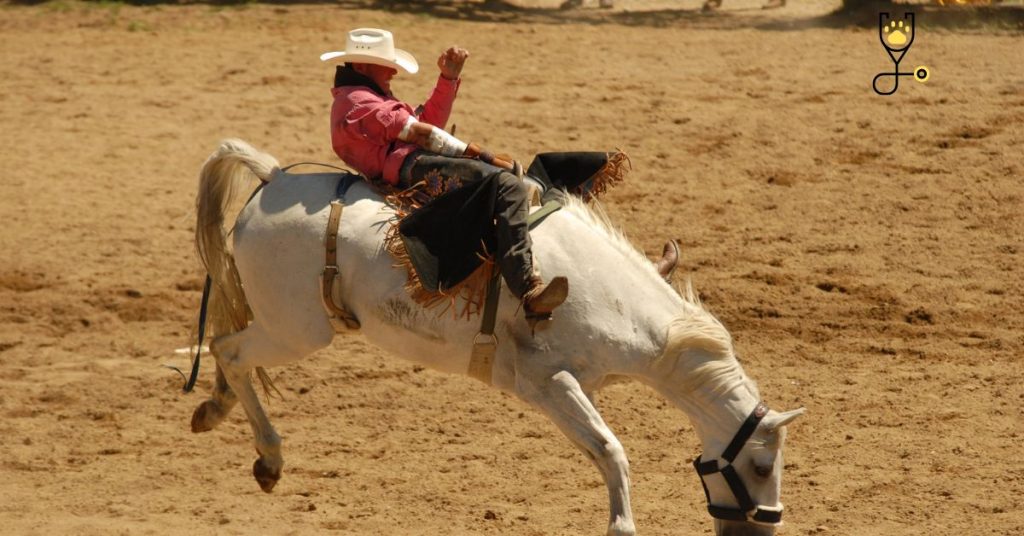
3. Get an expert opinion
If you’re still having difficulty identifying the cause of your horse’s bucking, it may be helpful to have an expert assess the situation. Ask a certified equine behavior specialist or experienced riding instructor to diagnose and recommend a solution.
4. Remain consistent
Once you’ve identified the source of the problem and developed a plan to address it, consistency is key. It’s important to work with your horse on a daily basis, in order to prevent regression and ensure progress is being made.
5. Build muscle memory
To help your horse develop new behaviors that replace bucking, use repetition as part of his training program. This will help him create muscle memory for those desired responses instead of falling back into unwanted habits.
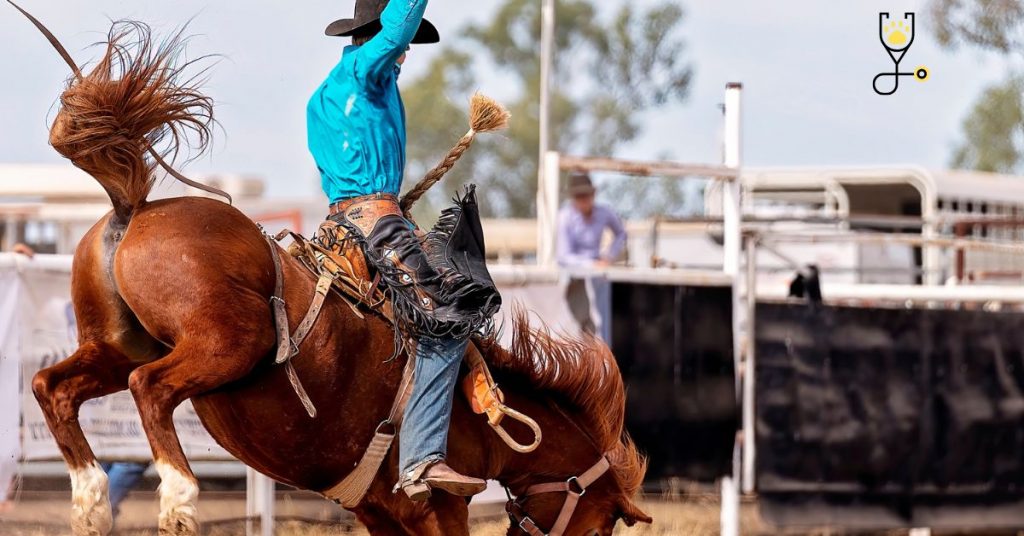
6. Use desensitization
Desensitizing your horse to certain stimuli can help reduce the likelihood of bucking in response to those triggers. This technique requires patience and practice, but it’s an effective way to build his confidence and teach him different reactions.
7. Utilize positive reinforcement
Whenever possible, reward your horse with treats or words of praise when he exhibits the behavior you’d like him to have instead of bucking. Positive reinforcement is a powerful tool in behavior modification and will encourage your horse to perform desired behaviors more often.
8. Establish clear boundaries
Horses need clear boundaries and expectations from their riders, so be sure to set some for your animal as part of his training program. This will help him understand what is expected of him and that bucking is not an acceptable response to certain situations.
9. Take breaks
Don’t forget to give your horse regular breaks while training so he can rest and recover from physical exertion. Too much work in a single session could lead to exhaustion, which could trigger bucking out of fear or frustration.
10. Stay focused
Don’t let yourself become distracted while riding, as this can make it easier for your horse’s behavior issues to take over the session. Remain alert and aware of his actions at all times, so you can spot potential problems before they begin.
Conclusion
Bucking is a popular equine skill used for rodeos, dressage shows, and other equestrian events. While it’s important for riders to understand how to control their mounts in order to prevent bucking from occurring, it is also important to know what to do if the behavior does occur. Utilizing some simple training tips can help you establish a clear set of expectations and boundaries with your horse, and help reduce or eliminate unwanted behaviors like bucking. With patience and practice, you’ll be able to get back on the trail or show ring with a happy and willing partner! Good luck and happy riding!
Frequently Aske Questions
Q: How can I stop my horse from bucking?
A: The best way to prevent bucking is to make sure all health issues are addressed, and then rule out any physical problems such as ill-fitting tack, soreness or injury, or incorrect riding technique. Once you’ve identified the source of the problem and developed a plan to address it, consistency is key. Utilize positive reinforcement techniques and desensitization to help your horse develop new behaviors that replace bucking. Establish clear boundaries for him so he understands what is expected of him and rewards his good behavior with treats or words of praise. Finally, take regular breaks during training sessions in order to prevent exhaustion which could trigger bucking out of fear or frustration.
Q: How can I tell if my horse is bucking out of fear?
A: If your horse appears nervous or agitated when it’s time to ride, this could indicate that he is feeling fearful and may be more likely to exhibit unwanted behaviors like bucking. Pay close attention to his body language and look for signs such as raised head, curled lips, flared nostrils or dilated pupils, which can all suggest that a horse is feeling anxious and may need extra reassurance from you. Additionally, if your horse has recently experienced trauma or significant changes in his environment that might have caused him to become fearful of riding, then this could be an issue as well.
Q: What should I do if my horse starts to buck while we’re riding?
A: If this happens, the best thing to do is remain calm and try to keep your horse focused on the task. Speak in a soothing voice and use firm pressure from your legs to ask him to stop. Avoid jerking on the reins or digging your heels into his sides as this could make things worse. Additionally, you can try desensitization techniques such as pushing him forward with your legs until he moves out of the bucking position. As soon as he does this, reward him with treats or words of praise so that he associates the desired behavior with a positive outcome.
Q: Is bucking dangerous for the rider?
A: If you are prepared and take the proper safety precautions, then bucking does not have to be a dangerous activity. However, it is important to always wear a helmet when riding in order to protect yourself from potential injuries. Additionally, make sure your saddle and tack fit properly so that they don’t slip during the ride. Finally, use caution when practicing new skills or trying out more advanced movements like rearing or jumping as these can pose higher risks of injury if done incorrectly. With patience and practice, you can learn how to safely manage bucking behavior with your horse and enjoy the sport together.
Q: What is the best way to reward a horse after bucking?
A: After successfully managing your horse’s bucking behavior, it is important to give him a positive reward. Depending on the situation and type of behavior, you can use treats, verbal praise or even light scratches behind his ears as rewards. Remember that food rewards should be given in small amounts so as not to overload him with sugar and create other unwanted behaviors. Additionally, make sure your horse feels comfortable and relaxed before giving any sort of reward so that he associates it with good things. With patience and consistency, you can help your horse understand what behaviors are expected from him and create a positive connection between yourself and your mount
